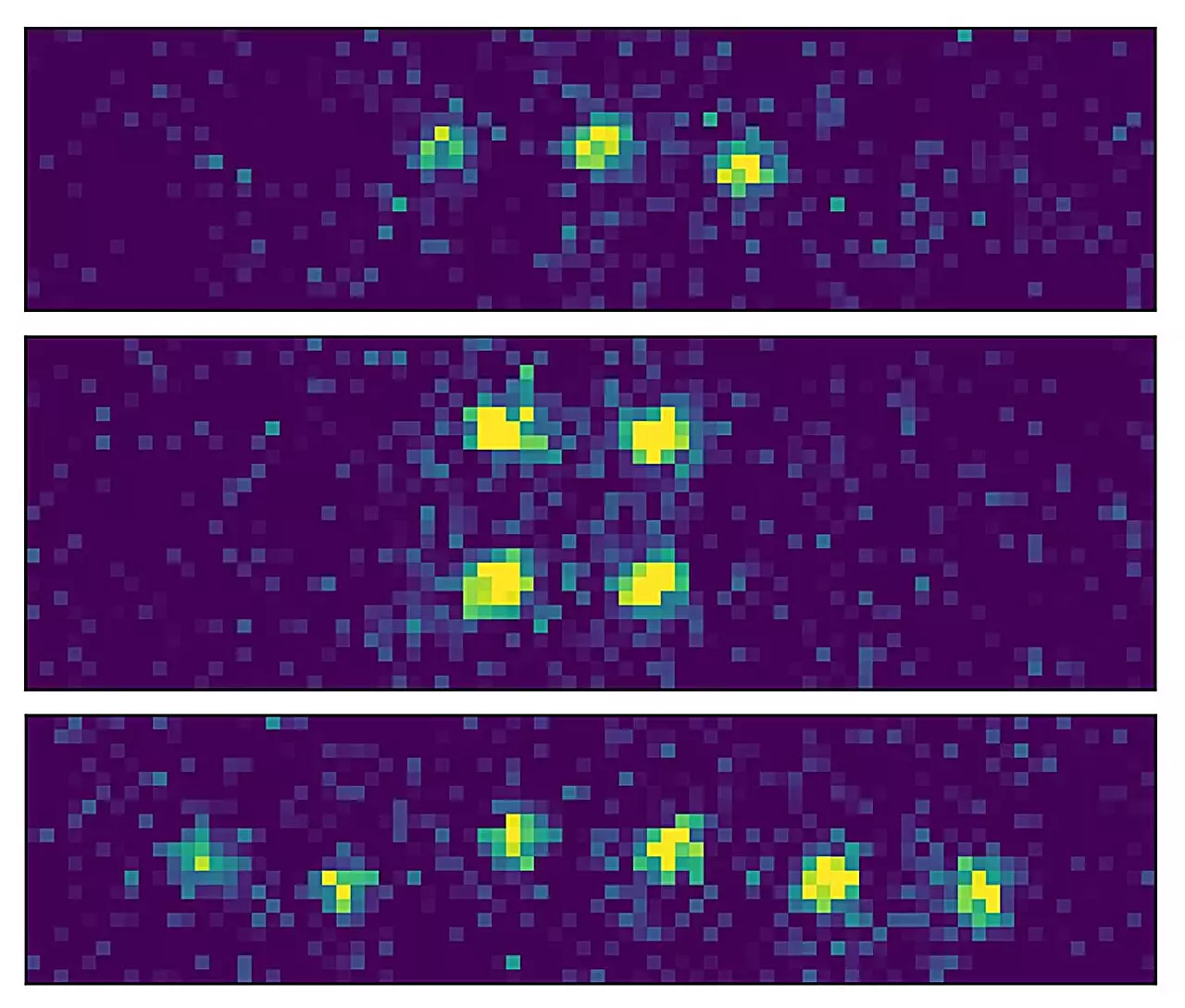Quantum entanglement is often described as Einstein’s “spooky action at a distance,” a perplexing phenomenon where particles become interconnected such that the state of one instantly influences the state of another, regardless of distance. This concept is no longer relegated to the realm of theoretical physics; it has become a cornerstone of modern quantum information science. With the advent of quantum computing, scientists are racing to harness this powerful resource to create robust quantum networks and perform computations at unprecedented speeds. However, achieving stable entanglement between stationary quantum bits (qubits) and their mobile counterparts, particularly photons, presents a significant technical challenge.
Innovative Approaches in Quantum Research
Recent breakthroughs have indicated a promising avenue for overcoming these challenges. A team led by Gerhard Rempe from the Max Planck Institute of Quantum Optics has developed a groundbreaking method that allows the simultaneous entanglement of multiple atoms with photons—dubbed flying qubits. This innovative setup utilizes ultracold rubidium atoms positioned between two highly reflective mirrors, effectively creating an optical cavity that enhances their interaction with photons. The development represents a pivotal shift in how researchers conceive of qubit interfaces, bringing us closer to a functional quantum internet where information can be securely transmitted over vast distances.
Utilizing this pioneering optical resonator technique, the team successfully executed atom-photon entanglement with a reliability that approaches an impressive 100% efficiency. This accomplishment lays the groundwork for the practical application of multiplexing, an approach drawn from classical information technologies that bolsters signal robustness in quantum systems.
Multiplexing: A Key to Quantum Communication
Multiplexing, while fundamental to transmitting signals in classical communications, poses unique challenges in the quantum realm. It operates on the principle that dividing information across multiple channels enhances the probability of successful transmission, much like a radio signal navigating through interference. In quantum systems, where the preservation of delicate entanglements is paramount, applying multiplexing techniques requires ingenuity and precision.
Emanuele Distante, a researcher involved in the experiment, emphasizes that this dual application of multiplexing can transform not only long-distance quantum communications but also facilitate the emergence of distributed quantum computers—these systems consist of interconnected smaller processors that enhance computational power. By leveraging flying and resting qubits, researchers can create a network that performs effectively over both short and long distances, potentially revolutionizing how we process information.
The Mechanics of Quantum Manipulation
One of the remarkable aspects of the Garching team’s achievement lies in their ability to manipulate multiple atoms within the optical cavity. This is accomplished using innovative optical tweezers—focused laser beams that can capture and reposition atoms with high precision. Given the cavity’s narrow dimensions, careful engineering is crucial.
With meticulous control over the position of multiple rubidium atoms, the team was able to assemble them into a qubit lattice, ensuring each atom could entangle with a photon on demand. The efficiency of this entanglement process is nothing short of extraordinary, achieving near-perfect rates at the push of a button. This considerable advancement marks a significant leap toward a future where scientists can dynamically control multiple qubits, possibly scaling up to control hundreds of atoms simultaneously.
The Future: A Scalable Quantum Network
As researchers explore the potential to extend this technology to larger networks, the prospect of creating extensive quantum computers becomes increasingly tangible. The ability to maintain and transmit entangled photons without losses in optical fibers paves the way for a wide-ranging quantum internet. Imagine a future where clusters of resonators housing hundreds of qubits communicate seamlessly, enabling computations that were previously thought to be confined to science fiction.
However, this vision comes with challenges that necessitate continued innovation and exploration. The dexterity required to adjust optical systems to manipulate qubits effectively should not be underestimated; mastering these elements will be crucial in realizing the ambitions of quantum networking and computing. Each step forward in this research underscores the importance of interdisciplinary collaboration, combining physics, engineering, and computer science.
The breakthroughs being achieved by Rempe’s team in Garching are not simply incremental advances; they represent the onset of a new era in quantum technology. As we move toward a future defined by quantum networks, the implications of this research will reverberate throughout numerous fields—promising unprecedented improvements in speed, security, and computational power. The journey to a fully functional quantum internet may still be in its infancy, but the advancements being made leave little doubt about the transformative potential that lies ahead.


Leave a Reply